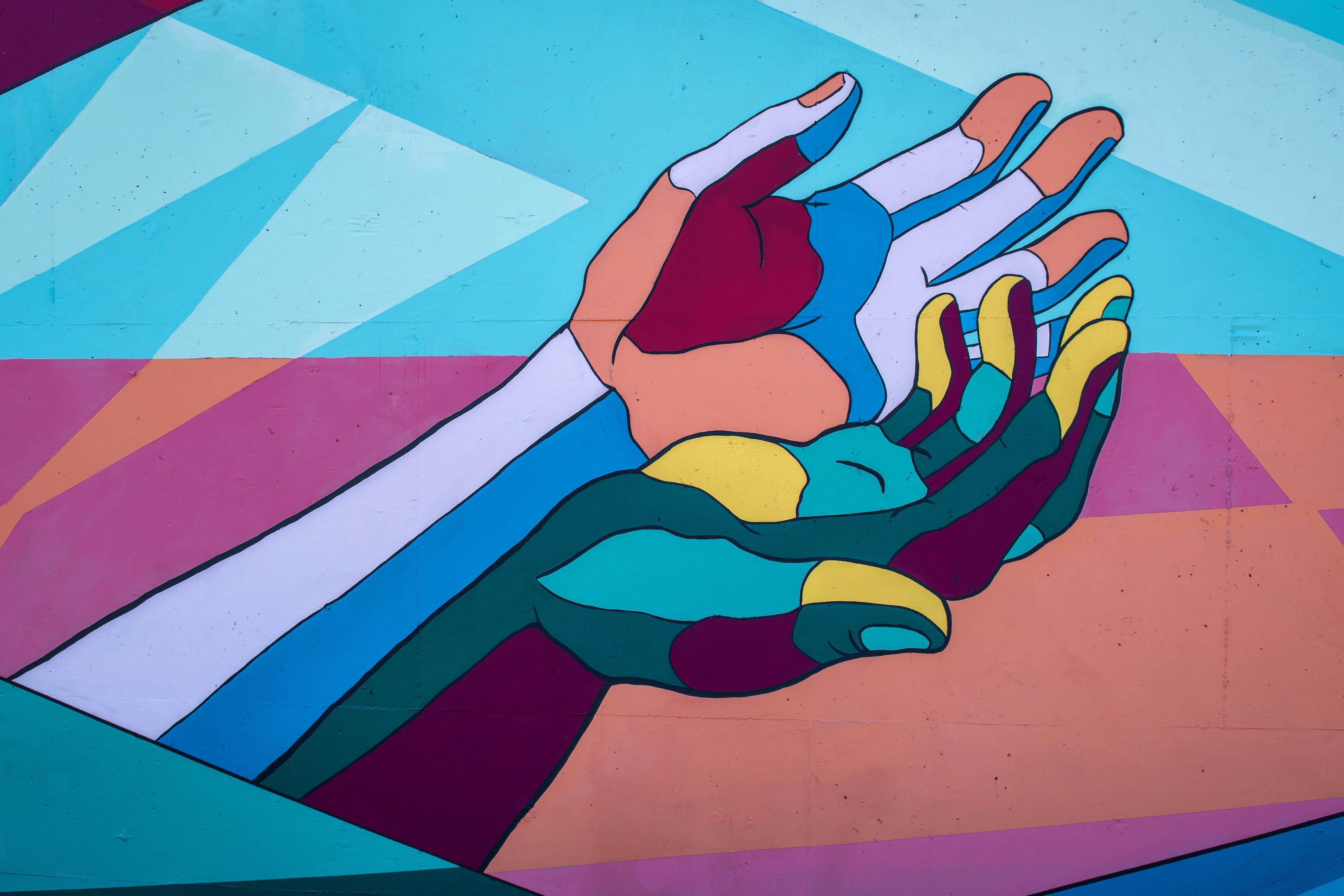Diversity is a Natural Outcome of Inclusive and Equitable Cultures

Diversity is a Natural Outcome of Inclusive and Equitable Cultures
By Guest Writer, Leena Sharma Seth, Founder and Principal, Mending the Chasm Inc.
“Leena, we’ve been recruiting for a new Director role for the last two months and are having a hard time finding racialized candidates, or X candidate.” Replace the X with 2SLGBTQQIA (Two-Spirit, lesbian, gay, bisexual, transgender, queer, questioning, intersex and asexual), neurodivergent, Indigenous, Black, younger, older, etc.”
The first place that many leaders think to start the work of building more equitable and anti-racist cultures is by recruiting and hiring candidates who are more representative of community demographics, with a specific focus on an aspect of a candidate’s identity that is intended to support the company’s DEI (Diversity, Equity, and Inclusion) plans and targets.
The questions I usually ask include: how inclusive is your culture? How equitable is your culture? What perception do your key stakeholders (customers, staff, partners) have of how inclusive your culture, practices and policies are?
In my work with clients, one of the most fundamental conversations I have is around establishing the difference between inclusion, equity, and diversity.
Inclusion is the practice or policy of providing equal access to opportunities and resources for people who might otherwise be excluded or marginalized, such as those who have physical or mental disabilities and members of other minority groups (Oxford Dictionary).
Equity is more than just the absence of discrimination and inequities, but also the presence of deliberate systems and supports to achieve and sustain racial equity through proactive and preventative measures (Racial Justice in Education).
Diversity includes all the ways in which people differ, and it encompasses all the different characteristics that make one individual or group different from another. It is all-inclusive and recognizes everyone and every group as part of the diversity that should be valued. A broad definition includes not only race, ethnicity, and gender—the groups that most often come to mind when the term “diversity” is used—but also age, national origin, religion, disability, sexual orientation, socioeconomic status, education, marital status, language, and physical appearance. It also involves different ideas, perspectives, and values (Racial Equity Tools).
This quote from Baltimore Racial Justice Action, in my opinion, aptly states the danger of focusing first, and mainly, on diversity: “Diversity is silent on the subject of equity. In an anti-oppression context, therefore, the issue is not diversity, but rather equity. Often when people talk about diversity, they are thinking only of the “non-dominant” groups.”
Best practice invites us to make sure our internal house is in order, so to speak, before working to expand the diversity of one’s team. It’s about understanding, first and foremost, how inclusive is your culture? Does your cultural practice line up with your inclusion, equity, and diversity policies?
Employees, especially past employees, often share their experiences within their circles of trust, and word spreads quickly in networks, about which company cultures are truly embodying inclusive principles, and which company cultures are simply offering window dressing inclusion, or performative inclusion, where statements and commitments are not supported in practice.
Vernā Myers, best-selling author and VP of Inclusion Strategy at Netflix, offers:
“Diversity is being invited to the party; inclusion is being asked to dance.” And I like to add that belonging is when the style of music you enjoy is also being played by the DJ.
Let’s deconstruct this, shall we?
Say you’re hosting a dinner party. One of the first things we consider are the guests we’re inviting and their needs.
Are some of your guests vegetarian?
Do they require halal or kosher food?
What time of day works best? Weekend or Friday night?
What kind of music do they enjoy?
What accommodations may be required for someone in a wheelchair or with a disability?
Using this analogy, you need to understand who your work culture was designed to serve, who it was not designed to serve, and what needs to shift so that everyone feels welcome and comfortable.
Hiring candidates who bring a different set of views, practices and life experiences, based on identities they hold without doing the necessary culture change work to ensure that your company culture is truly welcoming, inclusive and geared for everyone to succeed, regardless of their background, in my view, is essentially setting people up for failure and potential harm.
It’s like hosting a dinner party and only considering the needs of certain guests. If things don’t shift, more and more guests will decline to attend because they may not be able to eat the food provided, don’t enjoy the music, or can’t move around because there’s no space for a wheelchair.
Leadership that truly invests in the cultural transformation work that is required to build authentically inclusive, equitable, accessible and anti-racist cultures will find that diversity is a natural by-product of cultural transformation work done well and where organizational culture becomes truly inclusive and equitable.
There are no shortcuts in this work, and the future truly belongs to those companies and leaders who work to address systemic oppression and are intentional about creating cultures that are more equitable and inclusive.

